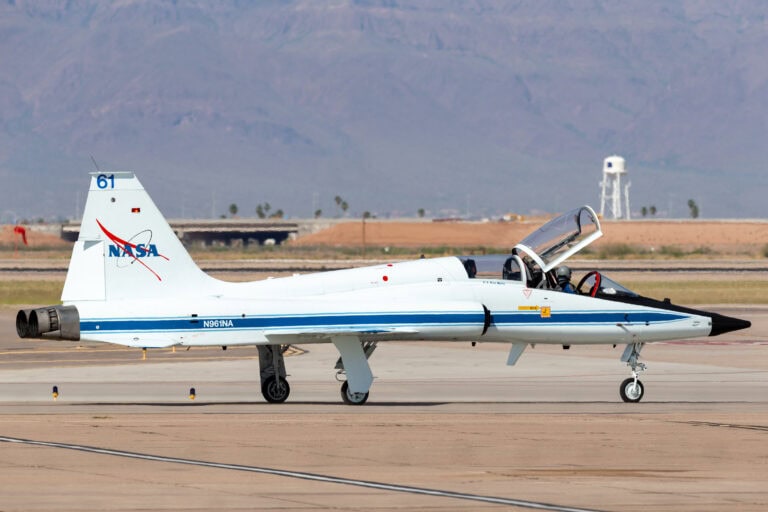(Image credit: Ryan – stock.adobe.com)
Do you dread the loud, unpleasant noise of a supersonic aircraft flying over your neighbourhood? When an object travels through air faster than the speed of sound, it creates shock waves that manifest as sound energy. To the human ear, it can sound like an explosion or thunderclap. This is the sonic boom. Sonic booms due to large supersonic aircraft can be particularly loud and startling. They tend to awaken people and may even cause minor damage to some structures.
As part of NASA’s Low-Boom Flight Demonstrator Programme, the X-59 Quiet SuperSonic Technology (QueSST) research plane is on track to tackle this challenge. Developed at Lockheed Martin’s Skunkworks plant, the X-59 research plane has key equipment installed to lower the sonic boom.
What is designed differently in the X-59 aircraft? Aircrafts require an environment control system (ECS) that regulates the temperature, cabin pressure, and air distribution. The ECS also has an exhaust section, and both of them are traditionally located on the underside of the plane. In the picture of the X-59 above, we see the two black rectangle panels instead placed on top of the aircraft wing, one with a silver grate at its rear – these are the ECS and the exhaust. The wing prevents the ECS exhaust from interacting with the shock waves generated at the bottom of the aircraft. This unique design substantially changes the wave pattern of the sonic boom to become a “thump” when it reaches the ground. In fact, the aircraft is expected to create a low 75 Perceived Level decibel thump when it cruises the sky at Mach 1.42 and 55,000 ft.
NASA is planning the first flight of the X-59 for 2022. Its mission is to fly over communities to collect data with minimal sound disturbance to people on the ground. The data will be used for research that could potentially cut passenger travel time in half.
NASA is confident this technology will cause minimal sound disturbance to people on the ground when it plans its first flight of the X-59 in 2023. The X-59’s mission is will be to fly over communities to survey the public’s views on the noise levels. These results will be used to determine the viability of commercial faster-than-ever air travel.
References
Tyrrell, Michael 2021, Quiet supersonic technology installed on NASA’s X-59 aircraft, aero-mag.com, 12nd May 2021 https://www.aero-mag.com/x-59-quiet-supersonic-nasa-12052021/

























